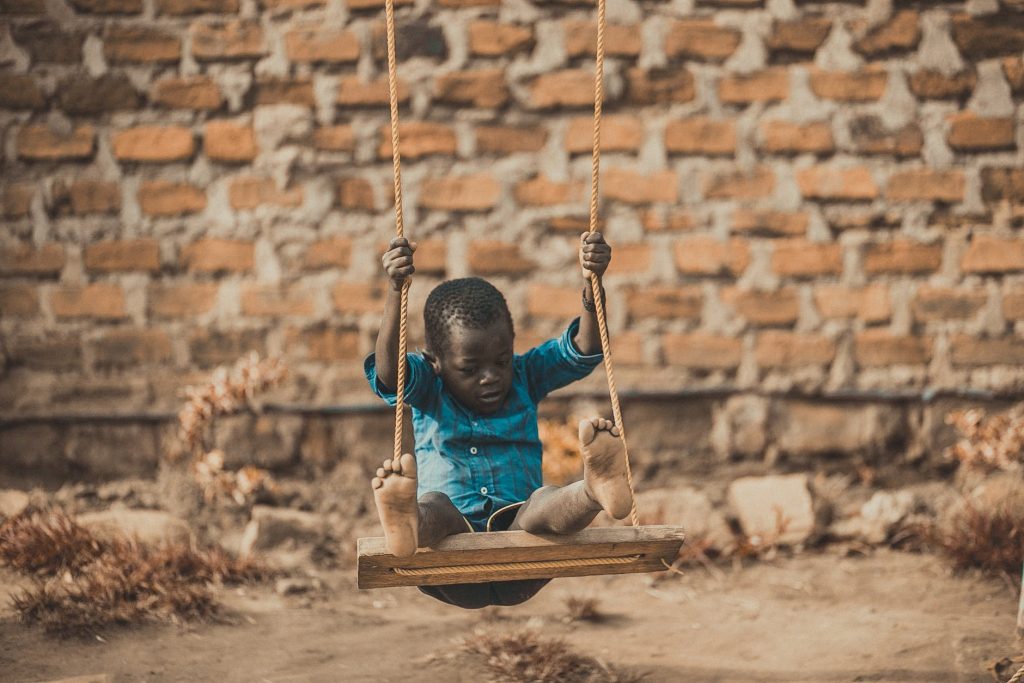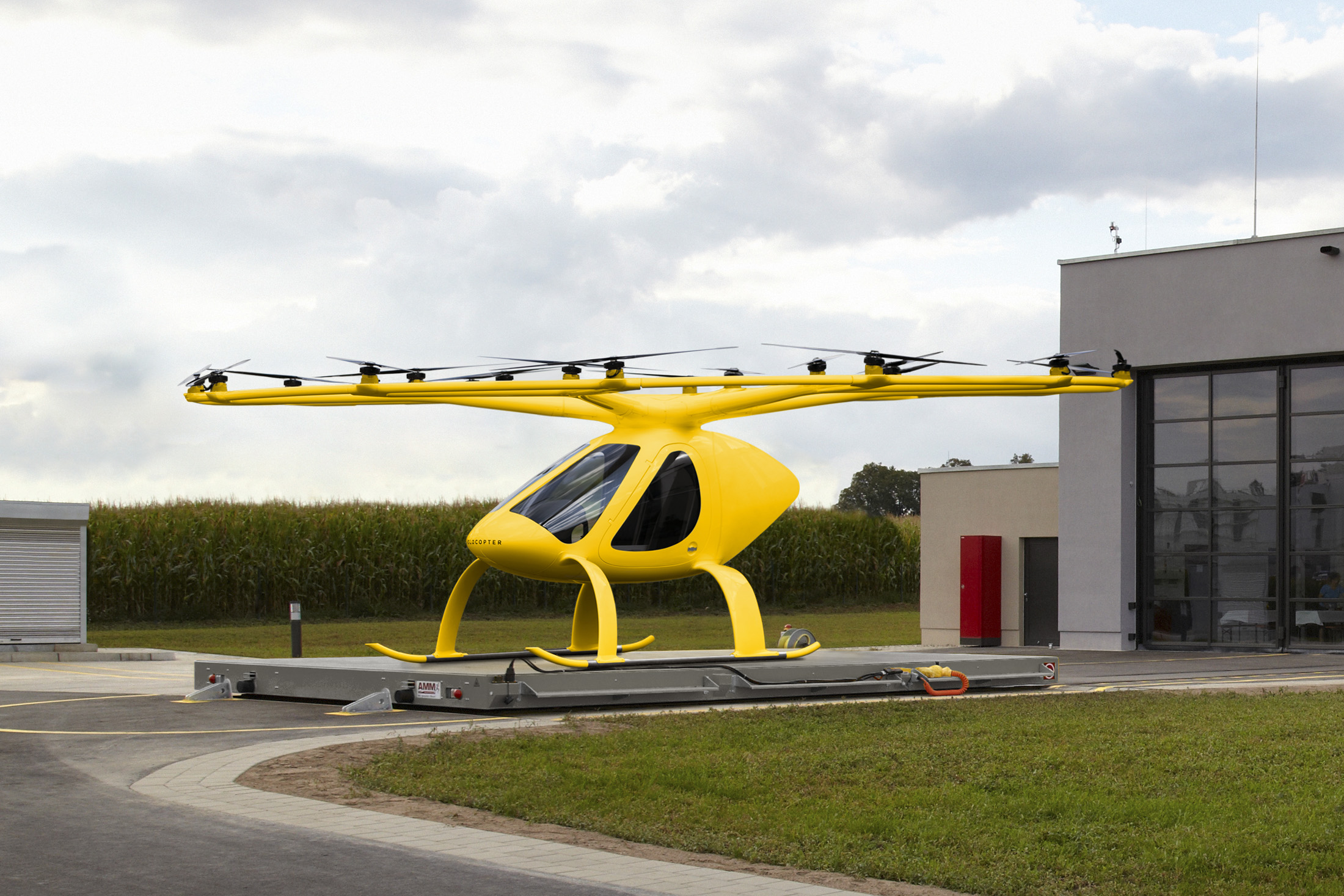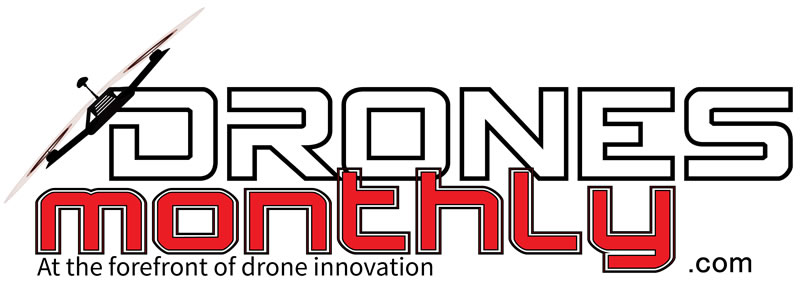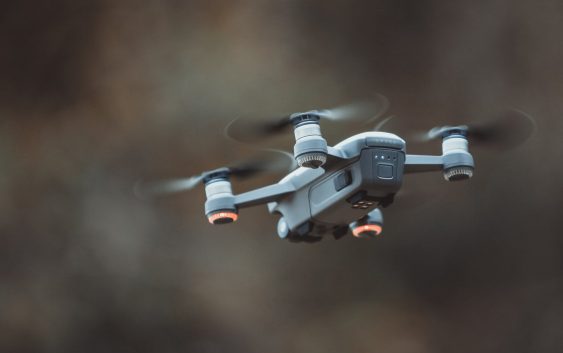For the most part, drones have been associated with surveillance on battlefields and taking aerial photos. However, drones have the capability to do much more than that, especially when it comes to saving lives. Rescue missions require significant manpower, resources, and time, and drones are now playing a huge role in rescue operations.
Here are some examples where drones were used to save lives around the globe.
Mapping Disaster Areas

Often in times of natural disasters, there are places where it is impossible for human transportation to go. Drones have ensured that although these locations may be cut off from human contact it is still possible to get an idea of what is happening on the ground. In 2017, drones were used by UNICEF the World Food Programme, and Médecins Sans Frontières, to map an area in Malawi, Africa which was partially cut off due to floods. These drones provided aerial footage for more detailed reports and faster damage assessment. This allowed rescue workers to locate trapped locals and provide assistance.
Delivery of Medical Supplies

Getting the right medical supplies to those in disaster areas can be a challenge. Technology company Zipline has developed the world’s largest drone delivery network that can reach nearly 22 million people and supply them with vaccines, blood, and medical supplies. The service enables staff at 2,000 health centres to receive deliveries via a parachute drop within half an hour of texting their orders.
Search and Rescue on Land

People love to test themselves in the world’s toughest environments, particularly when it comes to climbing and hiking. A Lottoland blog post details how the Himalayas are considered the ultimate challenge for climbers, with some adventurers paying up to €75,000 (£66,877) to climb Everest. Even if they aren’t attempting to climb Everest, the Himalayas are home to some of the most dangerous climbing routes in the world. Last July, a world-renowned British climber was presumed dead after falling from an ice cliff during his climb to the summit of Pakistan’s Broad Peak. After his rucksack was discovered, a drone was quickly deployed and he was found. Without the drone, he could have perished waiting for a helicopter to find him.
Search and Rescue at Sea

According to a report on the BBC, the Royal National Lifeboat Institution and the Maritime and Coastguard Agency developed drones that can identify people in distress along the Essex coast. The drones will help rescue teams with operations on the coastline, providing them situational awareness, and aid them in risk-assessing potentially dangerous scenarios before deploying the rescue teams into action.
Emergency Multicopters

German company ADAC Luftrettung is the first air rescue organisation in the world to test the use of manned multi-copters in emergency medical services. Their most recent development includes the Volocopter an aircraft based on drone technology. It’s electric-powered, can lift heavy objects and is specifically adapted for emergency services. Its goal is to get the doctors on-site faster than a land vehicle. It’s still in its testing phase, but after a few more runs, it should be able to operate in late 2019.



